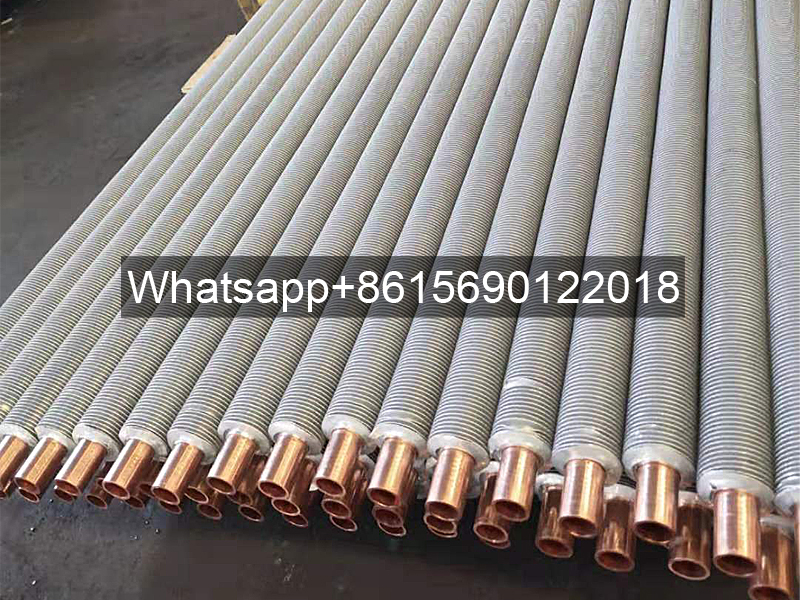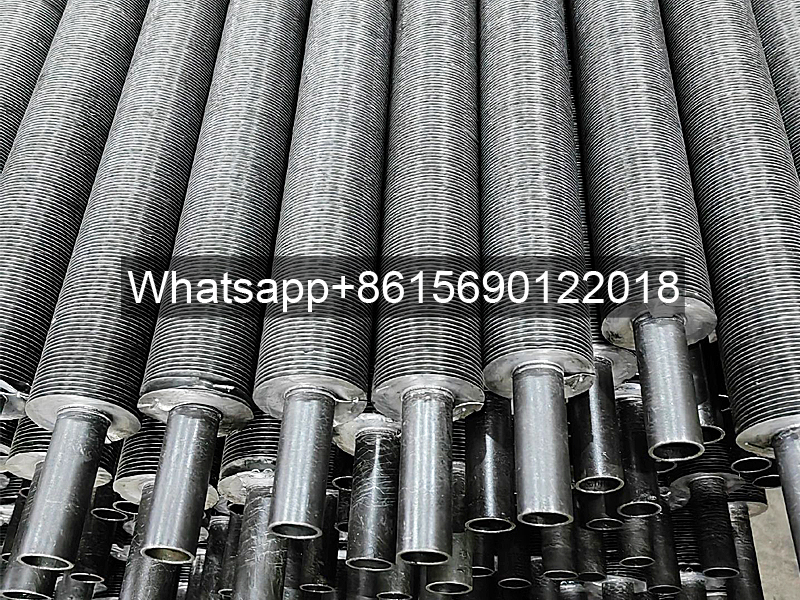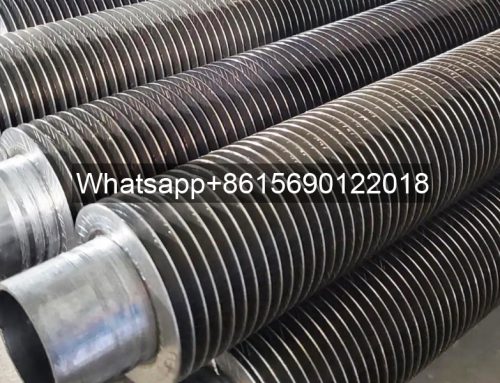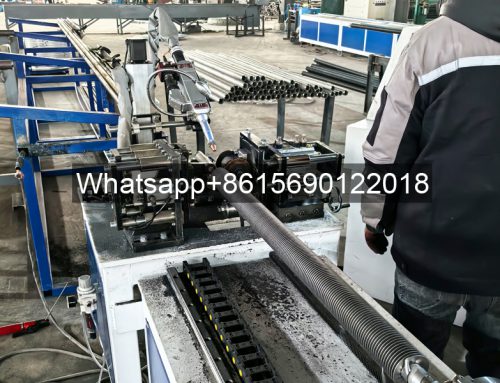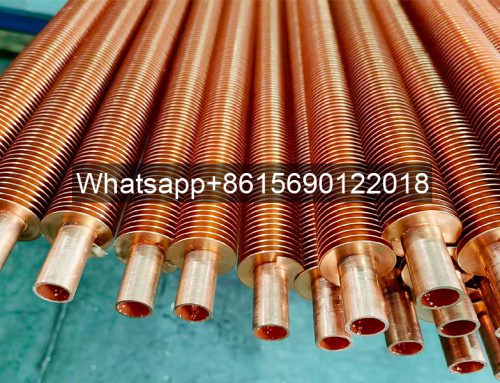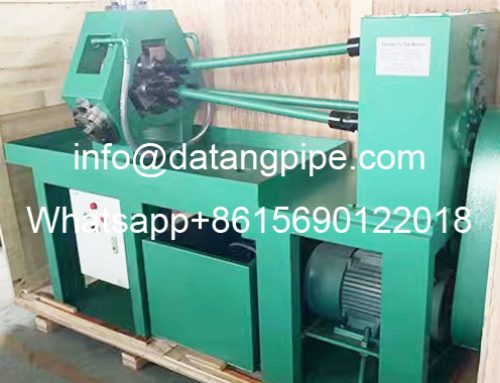What is the Difference Between Extruded and Embedded Fins?
Extruded fin tubes are integrally molded, offering efficient heat dissipation and a stable structure. Embedded fin tubes are lower cost but offer slightly weaker heat dissipation. Choose based on your needs, balancing performance with your budget.
In the field of fin tubes, a crucial heat exchange component, extruded and embedded fin tubes are two common types, with significant differences in several aspects.
Fin Tube Manufacturing Process
Extruded fin tubes utilize a specialized extrusion process, where metal material is pressed into a mold to form the fins and the base tube integrally. This process creates a tight and secure bond between the fins and the base tube, with virtually no gaps, effectively ensuring consistent heat conduction.
Embedded fin tubes, on the other hand, are manufactured by spirally wrapping a metal strip around the base tube. The fins and base tube are relatively independent components, bonded together with a certain gap. Although these are subsequently reinforced, the bond is less secure than extruded fin tubes.
Fin Tube Heat Dissipation Performance
Extruded fin tubes, due to the tight connection between the fins and the base tube, provide a smoother heat conduction path. Heat can be quickly and efficiently transferred from the base tube to the fins and then dissipated, resulting in relatively high overall heat dissipation efficiency.
Although embedded fin tubes also offer good heat dissipation capabilities, the small gap between the fins and the base tube hinders heat conduction, making their heat dissipation efficiency slightly lower under the same conditions.
Fin Tube Structural Strength
The one-piece molding of extruded fin tubes makes their structure more stable, capable of withstanding stresses caused by large external forces, pressure, and temperature fluctuations, and less prone to fin loosening and deformation.
Embedded fin tubes are at a higher risk of fin loosening or displacement when subjected to strong external impacts or prolonged, complex operating conditions. Furthermore, in terms of cost, extruded fin tubes are more complex to manufacture, requiring higher equipment and molds, and are generally more expensive to manufacture than wound fin tubes.
Extruded fin tubes and embedded fin tubes each have their own unique characteristics and differences in manufacturing process, heat dissipation performance, structural strength, and cost.
In practical applications, it’s important to choose the appropriate fin tube type based on the specific usage scenario, budget, and requirements for heat dissipation and stability to achieve optimal performance.


